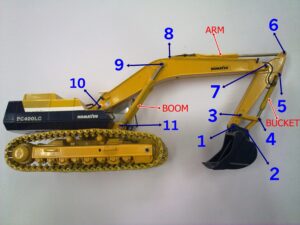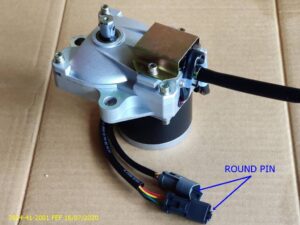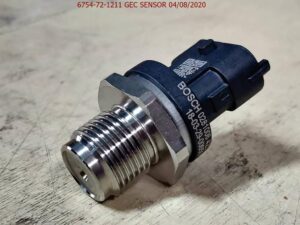The track motor in an excavator is responsible for driving the movement of the tracks, enabling the machine to move and operate effectively. Here are five key functions of the excavator track motor:
- Drives Track Movement: The track motor is the primary component that provides the power to drive the excavator’s tracks. It converts hydraulic energy into mechanical movement, allowing the tracks to rotate and propel the machine forward, backward, or laterally.
- Enables Steering and Turning: The track motor allows the excavator to turn and steer by controlling the rotation of the tracks on either side. This enables precise maneuvering, especially in tight spaces, making it easier to change direction and navigate complex job sites.
- Provides Traction: The track motor generates the necessary torque to ensure that the excavator’s tracks grip the ground effectively, providing the machine with the traction it needs to move over various types of terrain, from soft soil to rocky or uneven surfaces.
- Regulates Speed: The track motor helps regulate the speed of the excavator by adjusting the flow of hydraulic fluid to the motor. This enables the operator to control the machine’s movement, whether at low speeds for precise tasks or higher speeds for faster travel across a job site.
- Distributes Load: The track motor works together with the undercarriage system to distribute the weight of the excavator evenly across the tracks. This ensures stability, reduces ground pressure, and prevents damage to the terrain, especially when operating on soft or sensitive surfaces.
The track motor is essential for the excavator’s mobility and performance, providing the necessary power and control for effective operation across different terrains and tasks.




